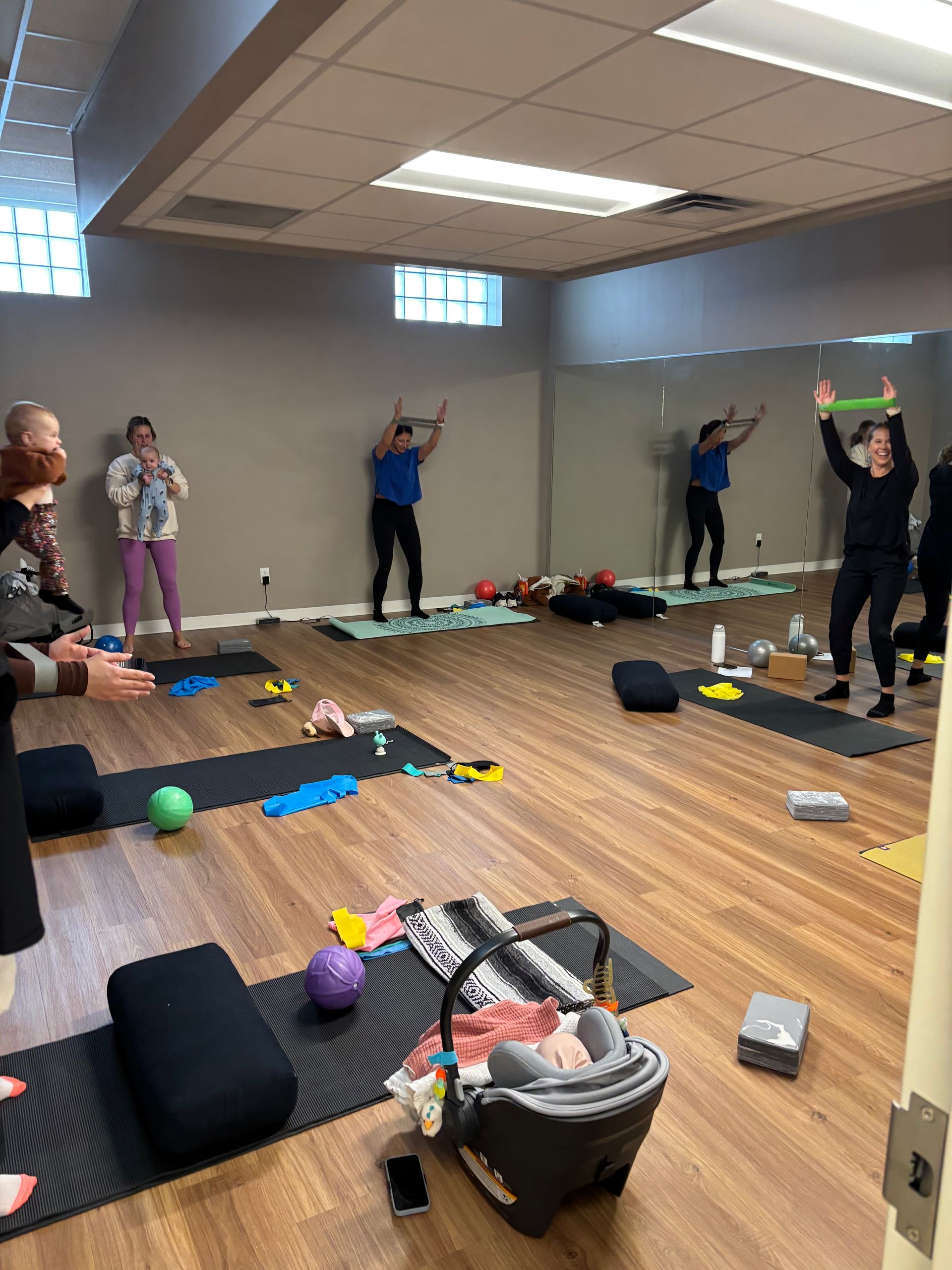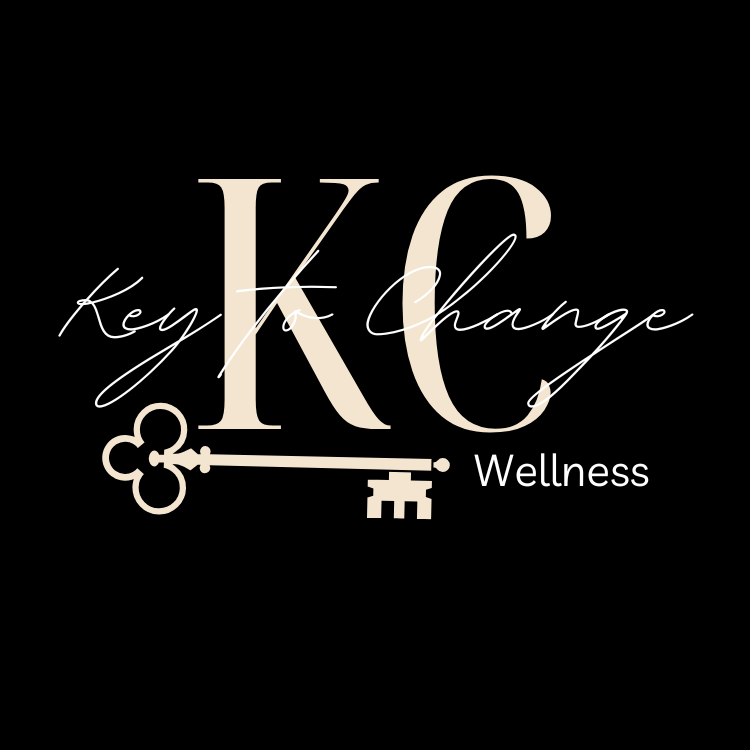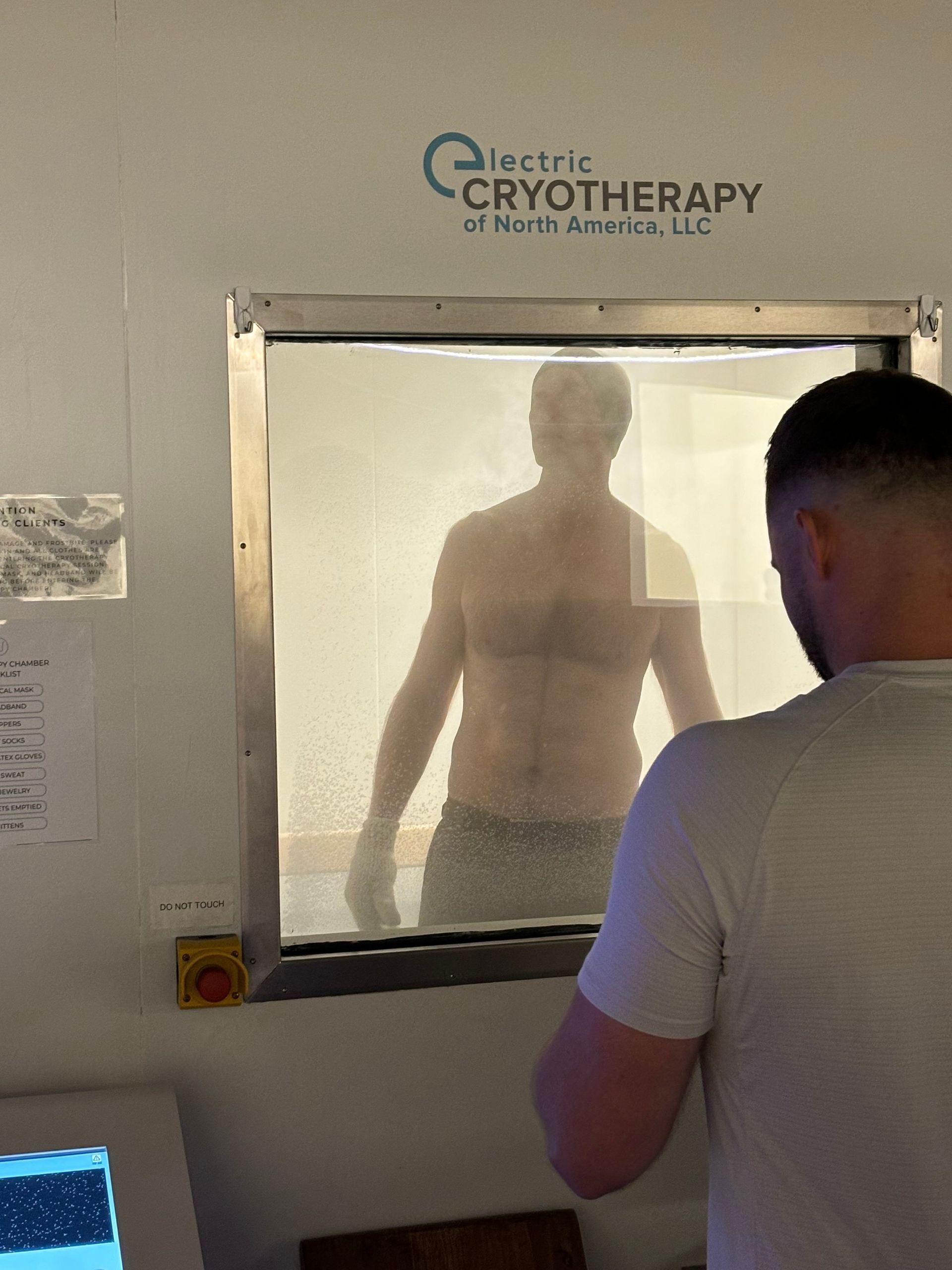Understanding Sciatica: Causes, Treatment, and When to Skip the Imaging
Sciatica is a term that often gets thrown around when describing lower back or leg pain, but what exactly is it? More importantly, what can you do to find relief and get back to your daily activities? In this post, we’ll review the two primary causes of sciatica, how physical therapy (PT) and chiropractic care can help, and why imaging like X-rays or MRIs isn’t always necessary right away.
What is Sciatica?
Sciatica refers to pain along the sciatic nerve, which (simply put) runs from your lower back, through the hips and buttocks, and down the back of each leg. Symptoms often include shooting pain, numbness, or tingling in one leg. While sciatica sounds daunting, it’s typically a symptom of an underlying issue rather than a diagnosis in itself.
Two Common Causes of Sciatica
- Herniated Disc
A herniated or "slipped" disc occurs when the soft inner portion of a spinal disc pushes out and irritates nearby nerves, including the ones that feed the sciatic nerve. This pressure can cause pain, tingling, or numbness along the nerve pathway down your leg.
- Signs of Disc-Related Sciatica:
- Pain worsens with sitting or bending forward.
- Symptoms may improve when lying down or walking.
- You may or may not have back pain in addition to leg symptoms.
- Piriformis Syndrome
The piriformis is a small muscle in the buttock that can sometimes spasm or tighten, irritating the sciatic nerve underneath it. Unlike disc-related sciatica, this cause is often muscular in nature.
- Signs of Piriformis Syndrome:
- Pain localized in the buttock without pain in the back.
- Symptoms often worsen after prolonged sitting or direct pressure on the muscle.
How PT and Chiropractic Care Can Help
Physical Therapy
- Disc-Related Sciatica: PT focuses on exercises to reduce nerve irritation, strengthen the core, and improve comfortable spinal mobility. Specific stretches and movements, such as McKenzie exercises, may help "centralize" the pain away from the leg.
- Piriformis Syndrome: A PT will guide you through targeted stretches and release techniques to ease muscle tension, along with exercises to improve hip mobility & function.
Chiropractic Care
- Disc-Related Sciatica: Chiropractors often use spinal adjustments to improve mobility and reduce pressure on the affected nerves.
- Piriformis Syndrome: Gentle adjustments and soft tissue techniques can help release tight muscles and improve overall spinal alignment.
Both providers may utilize techniques like dry needling or cupping to facilitate the healing process. Each approach emphasizes long-term solutions and getting to the root cause to restore function and prevent recurrence.
Do You Need Imaging Right Away?
In most cases, the answer is no. Many cases of sciatica (when addressed early on) resolve with conservative care like PT or chiropractic within 4-6 weeks. Imaging may be recommended if:
- Symptoms persist despite treatment.
- You experience significant weakness, bowel or bladder issues, or worsening pain.
- There’s a history of trauma or other concerning signs.
Relying on clinical assessment, rather than jumping to imaging, often leads to faster care and better outcomes without unnecessary delays. This will likely save you time and money with an ultimately better outcome.
Take the First Step Toward Relief
Sciatica may feel debilitating, but you don’t have to live with it. Physical therapy or chiropractic care can help you address the root cause, reduce pain, and get back to doing what you love.
If you’re ready to take control of your sciatica symptoms, reach out to Key to Change Wellness today to schedule an appointment. We’re here to help you move better, feel better, and unlock your next level of wellness.


Quick Links
Contact Us
Business Hours:
Monday - Friday
Quick Links
All Rights Reserved | Key To Change Wellness | Powered by Flypaper | Privacy Policy




